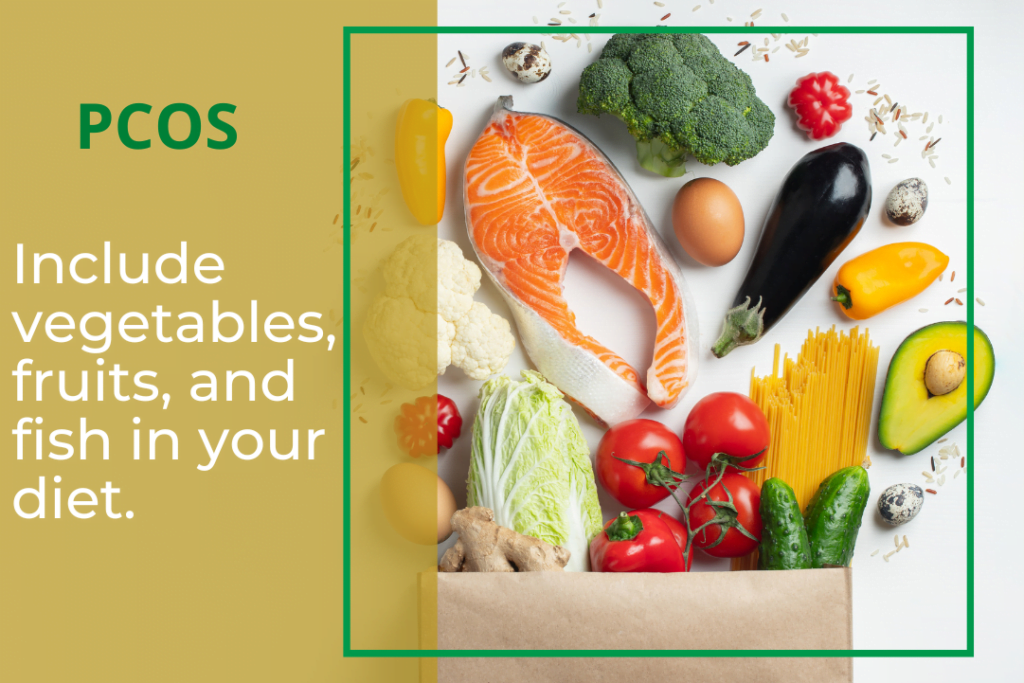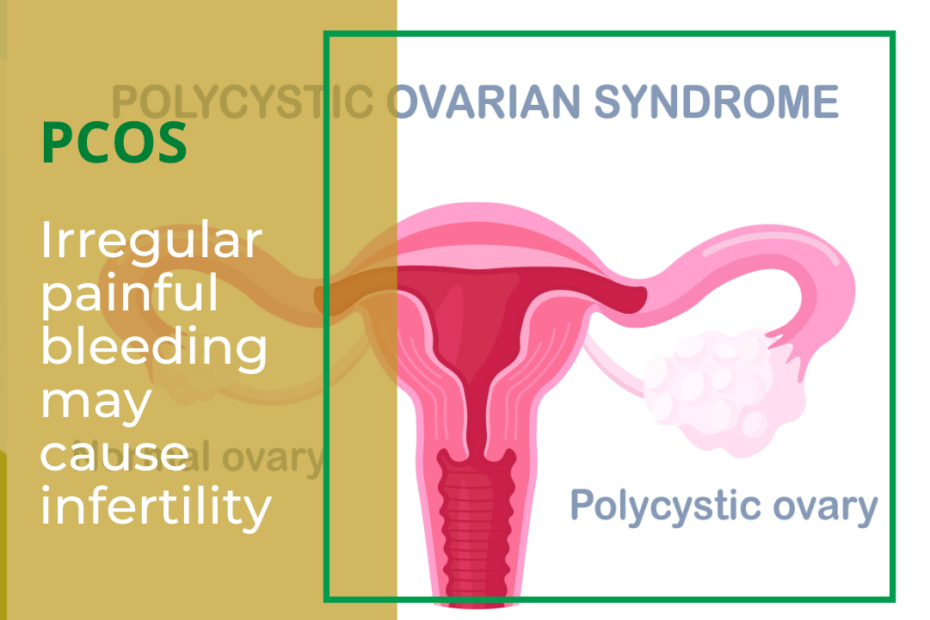“You have polycystic ovary syndrome.” This is also known as PCOS. Many women hear this as they visit a doctor for their irregular menstrual cycle or infertility, or any other problem related to it. Now the question is, WHAT IS PCOS??? The full abbreviation of PCOS is Polycystic Ovary Syndrome. It’s a condition in which the ovaries produce an abnormal amount of androgens (male sex hormone) that are usually present in women in small amounts. Polycystic ovary syndrome means several small cysts (fluid-filled sacs) formed in the ovaries. It typically involves hormonal imbalances, insulin resistance, and metabolic abnormalities, which significantly increase the risk of infertility, type 2 diabetes, and cardiovascular disease and affect the quality of life.

Prevalence of Polycystic ovary syndrome
The prevalence of PCOS in women is 4%-20% worldwide. This prevalence is much higher (52%)
in Pakistani women.

Symptoms of Polycystic ovary syndrome:
The most common symptom of PCOS that you may witness include missed periods or irregular periods, or you may have very light periods. This is because ovaries become large or have many cysts. You may or may not have Hirsutism, i.e., excess hair growth: which happens on different parts of your body like the face, chest, stomach, and back. if you have PCOS, you may experience weight gain, especially around your abdomen. Your skin becomes oily, and acne also appears.
Infertility is also a symptom. However, the good news is that after proper treatment, infertility issues can be solved, and women get pregnant. Skin tags (small pieces of excess skin) appear on necks and armpits. Dark and thick skin patches appear on the back of the neck, in the armpits, and under the breasts.

Causes of Polycystic ovary syndrome:
Currently, the main causes of PCOS are not yet known, but it is believed that it runs in most families. In addition, it is also related to abnormal hormone levels in the body like insulin (a hormone that controls the body’s sugar levels). Moreover, being overweight or obese also increases the risk as it alters the amount of insulin produced by the body. Androgen levels (hormones that contribute to growth and reproduction in both males and females) higher than normal also play an important part.
https://remediesforum.com/2021/07/23/evidenced-based-tips-to-get-rid-of-that-belly-fat/
Treatment of PCOS:
The preferred first-line treatment for women with PCOS is dietary modification, weight loss, and exercise. Dietary recommendations for teens emphasize marine resources of omega-3 fatty acids or fish oils, whole grains, fruits, and vegetables high in antioxidants and fiber. Furthermore, regular meals, non-fat dairy products, and low-GI carbohydrates are essential parts of dietary changes. Alongside aerobics and strength-building exercise, at least 30 minutes per day play an important role in symptom regulation and treatment plans.

Caloric requirements and needs vary from person to person. Therefore, it is highly recommended that the appropriate diet plan must discuss with a qualified dietitian. Moreover, avoid junk and fast food. Recommendations are to include vegetables and fruits in your diet. Instead of taking fruit juices, it is better to take fruits as it includes a number of fibers. Recommendations are for physical activity at least 5 days a week for you. A healthy diet, physical activity, and medications help in fighting the symptoms of PCOS.
Since increased sweet cravings are linked with PCOS, they should be avoided. Scientists also believe that women with PCOS often develop eating disorders due to fear of eating. Whereas symptoms of PCOS improve substantially with weight loss of 5- 10% of initial body weight. If one is not following the doctor and dietitian’s advice may experience worsened symptoms. Most women with PCOS are able to minimize their symptoms followed by dietary modification, exercise, and medications have improved life quality.
https://remediesforum.com/2021/06/07/gluten-free-brownies-topped-with-chocolate-frosting/

References:
https://www.nhs.uk/conditions/polycystic-ovary-syndrome-pcos/
https://www.hopkinsmedicine.org/health/conditions-and-diseases/polycystic-ovary-syndrome-pcos
Brown, J. E. (2016). Nutrition through the life cycle. Cengage Learning.

Thanks so much!